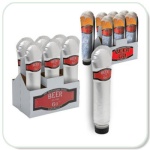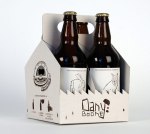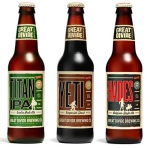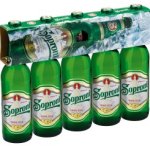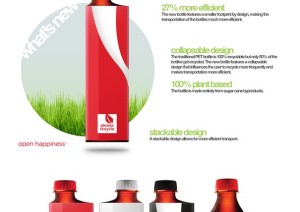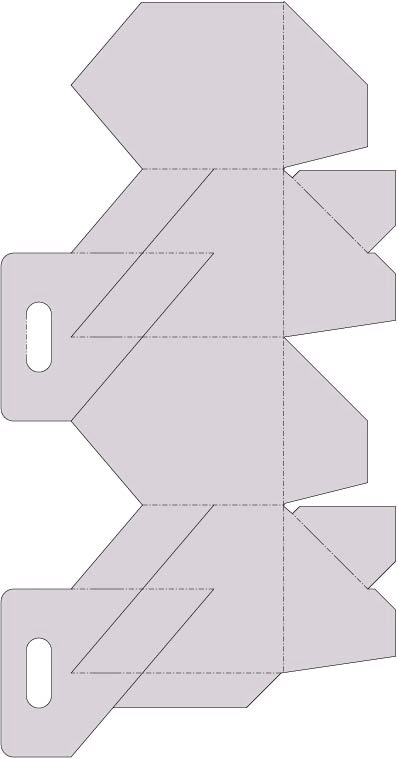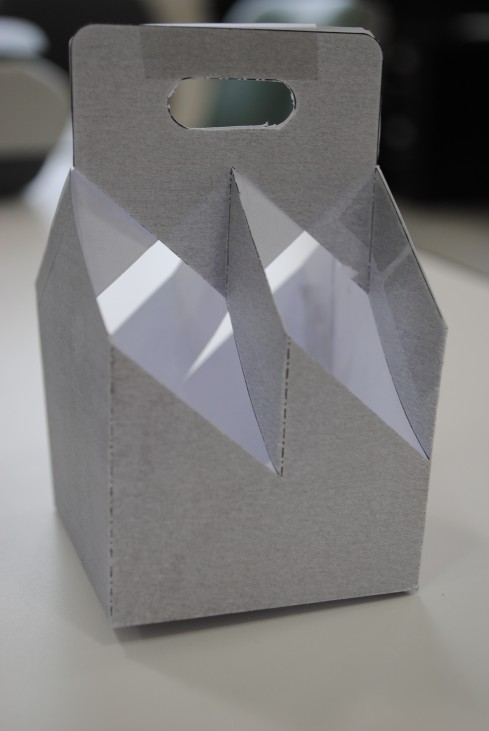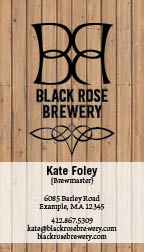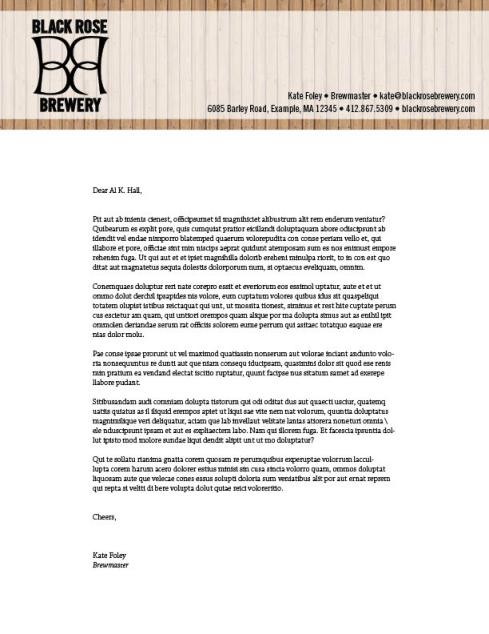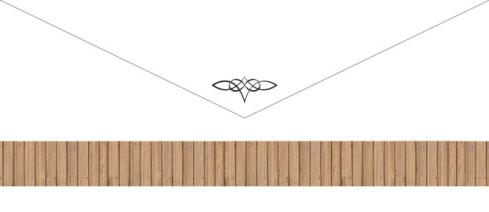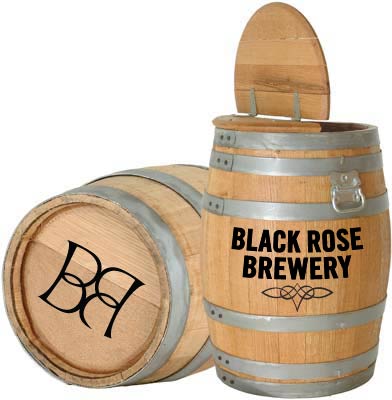Not much to report for today. Printed my resized version of the six-pack, and it seems to fit the bottles well. (I found out I even have extra space in the center that can hold a seventh bottle!)
I don’t have a photo of the correct size, since I didn’t have glue or tape and was basically holding the pieces together while I placed the bottles inside. But here’s a shot of the final template (same as what I posted on Monday):
I realize I haven’t gotten very far with this portion of the project yet. Our capstone is having its first pin-up tomorrow, so I’ve been pouring all my free time into getting the spreads ready for that. After tomorrow at noon, though, I can devote some time to this project and hopefully make good progress over the weekend.






